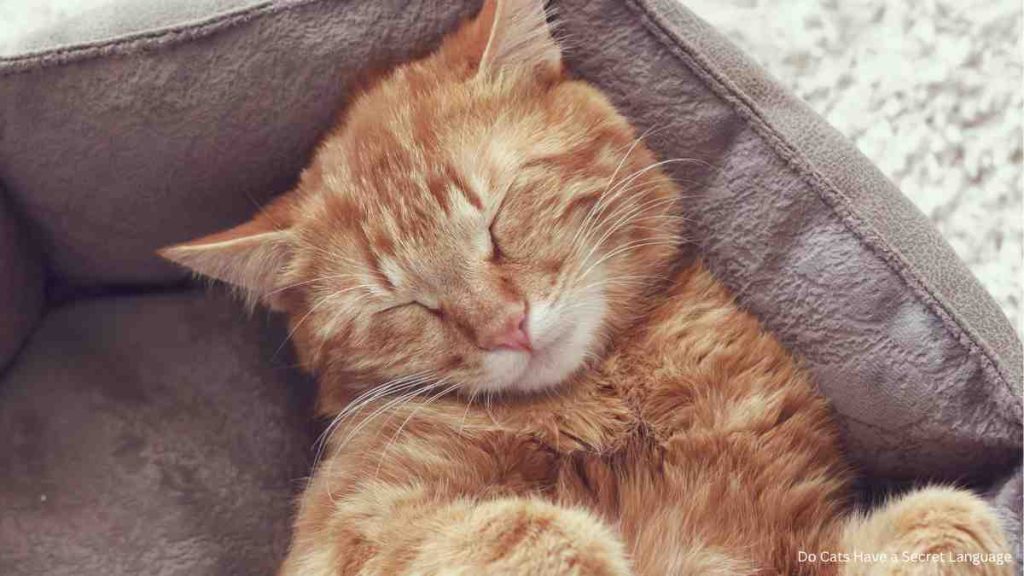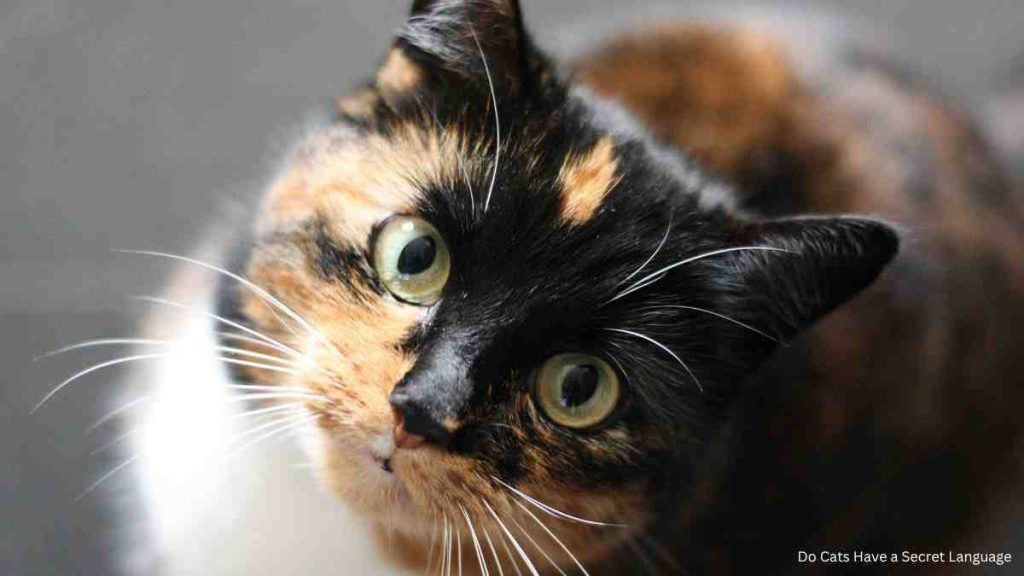Cats have long fascinated humans with their mysterious behaviors and subtle communication. As pet owners and cat enthusiasts, we often find ourselves wondering: do cats possess a secret language? In this comprehensive exploration, we will delve into the intricacies of feline communication and shed light on the signals, sounds, and behaviors that constitute their unique language.
Table of Contents
Decoding Feline Communication: A Glimpse into the Cat’s World
Cats, known for their independent nature, communicate through a combination of vocalizations, body language, and subtle cues. Understanding these elements is key to deciphering their secret language. Let’s embark on a journey to uncover the nuances of feline communication.
The Power of Purring – Unraveling the Mystery
Cats communicate comfort and contentment through purring, which also serves as a self-soothing mechanism. Understanding the various types of purrs and their meanings can provide valuable insights into a cat’s emotional state.
- Contentment Purrs: The rhythmic purring of a satisfied cat signifies contentment, often heard during moments of relaxation or when being petted.
- Healing Purrs: Cats may purr when injured or in pain, as a form of self-healing. This unique purring frequency is thought to promote the mending of bones and tissues.
Tail Talk – The Silent Expressions of Feline Tails
The position and movement of a cat’s tail can convey a wealth of information about their mood and intentions. Learning to interpret tail language is essential for understanding a cat’s non-verbal cues.
- Elevated Tail: A raised tail indicates confidence and a friendly disposition, while a puffed-up tail suggests fear or agitation.
- Swishing Tail: A rapidly swishing tail may signify irritation or excitement, providing important context to a cat’s emotional state.

Cat Body Language – A Visual Symphony of Expressions
Cats use their entire bodies to communicate, and observing their postures and gestures can unveil the hidden layers of their language.
Kneading – A Nostalgic Ritual with a Purpose
One common behavior among cats is kneading, where they rhythmically push their paws against a soft surface. This action has roots in kittenhood and serves various purposes.
- Comfort and Relaxation: Cats often knead when they are relaxed and content, reflecting a sense of security.
- Territorial Marking: Kneading can also be a way for cats to mark their territory, as glands in their paws release scent.
Vocalizations – Beyond Meows and Purrs
While meowing is a primary form of communication, cats use an array of vocalizations to convey specific messages. Recognizing these sounds can enhance our understanding of their secret language.
- The Trill: A melodic sound that cats use to greet their owners or express excitement.
- Chirping and Chattering: Cats often make these unique sounds when observing birds or other prey, showcasing their predatory instincts.
The Myth of the Silent Treatment – Silent Communication Techniques
Contrary to popular belief, cats engage in silent communication methods that are equally significant. Recognizing these subtle cues can deepen our connection with these enigmatic feline companions.
Slow Blinking – A Sign of Trust
Cats communicate trust and affection through slow blinking. Understanding the meaning behind this subtle gesture can strengthen the bond between a cat and its human.
- Reciprocal Blinking: Responding to a cat’s slow blink with one of your own can reinforce the sense of trust and connection.
- The Language of Whiskers: The position and movement of a cat’s whiskers can convey their mood and level of excitement. Learn to read the whisker code for a deeper understanding.
Cat Speak in Multicat Households – Unraveling Group Dynamics
In homes with multiple cats, a complex interplay of communication unfolds. Examining the dynamics between cats in a multicat environment provides insights into their social structure.
Hierarchy and Territory – Establishing the Pecking Order
Cats living together establish a hierarchy, and understanding the dynamics of territorial behavior can help prevent conflicts.
- Scent Marking and Territory: Cats use scent glands to mark their territory, and conflicts may arise when boundaries are not respected.
- Aggression vs. Playfulness: Distinguishing between aggressive behavior and playful interactions is crucial for maintaining harmony in a multicat household.

Cracking the Code – Tips for Understanding Your Cat’s Unique Language
After exploring the various facets of feline communication, it’s time to put the knowledge into practice. Here are practical tips for deciphering your cat’s secret language and fostering a deeper connection.
Establishing Trust and Building Bonds
Building a strong bond with your cat requires patience and understanding. Learn how to create an environment where your cat feels safe and secure.
- Respect Their Space: Cats appreciate having their own space. Provide cozy hiding spots and elevated perches where they can observe their surroundings.
- Play and Interaction: Engaging in interactive play helps strengthen the bond between you and your cat. Discover the types of toys and activities that resonate with your feline friend.
Communication as a Two-Way Street
Effective communication involves not only understanding your cat but also conveying your intentions clearly. Learn how to communicate with your cat in a language they understand.
- Consistent Vocalization: Use a consistent tone of voice to communicate with your cat. They can distinguish the emotional nuances in your voice.
- Positive Reinforcement: Reward desired behaviors with treats or affection, reinforcing positive communication between you and your cat.
Mastering the Secret Language of Cats: Do Cats Have a Secret Language?
In conclusion, cats indeed have a rich and intricate communication system that extends beyond mere meows and purrs. By decoding the various elements of their language – from tail movements to silent expressions – we can forge a deeper connection with our feline companions. Understanding the secret language of cats is not just a skill; it’s a journey that enhances the joy of sharing our lives with these captivating creatures.
You May Also Like:




Leave a Reply